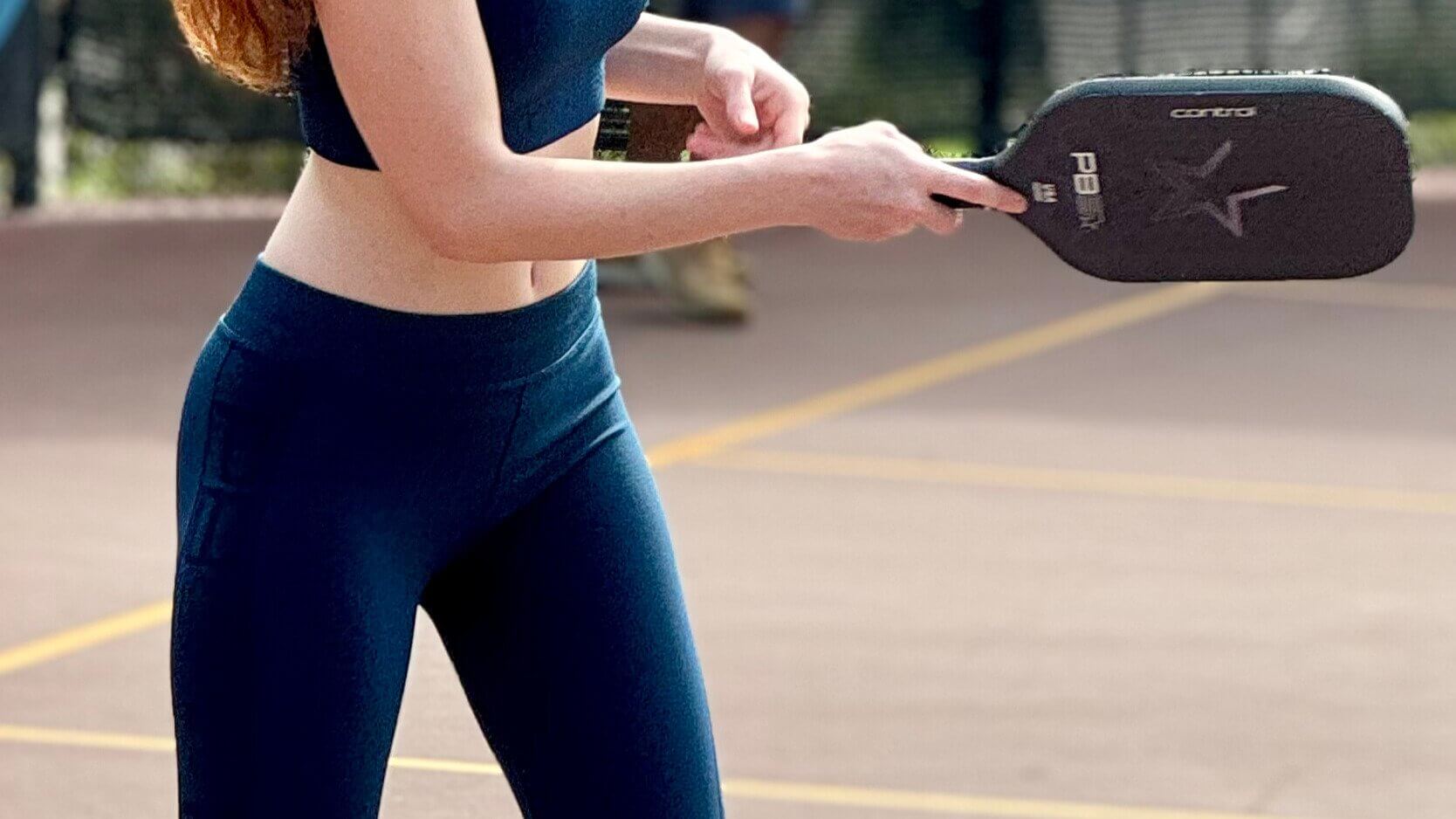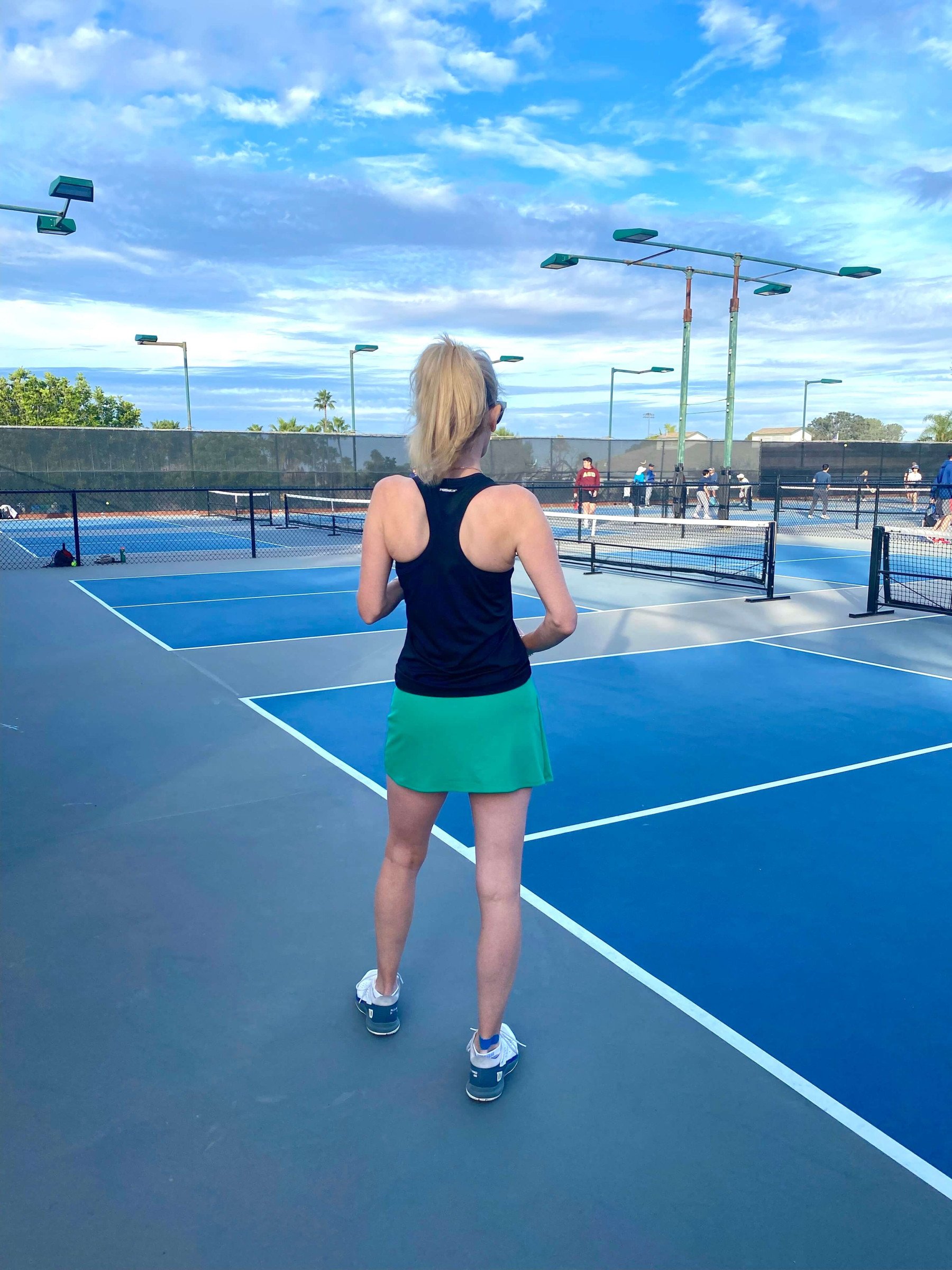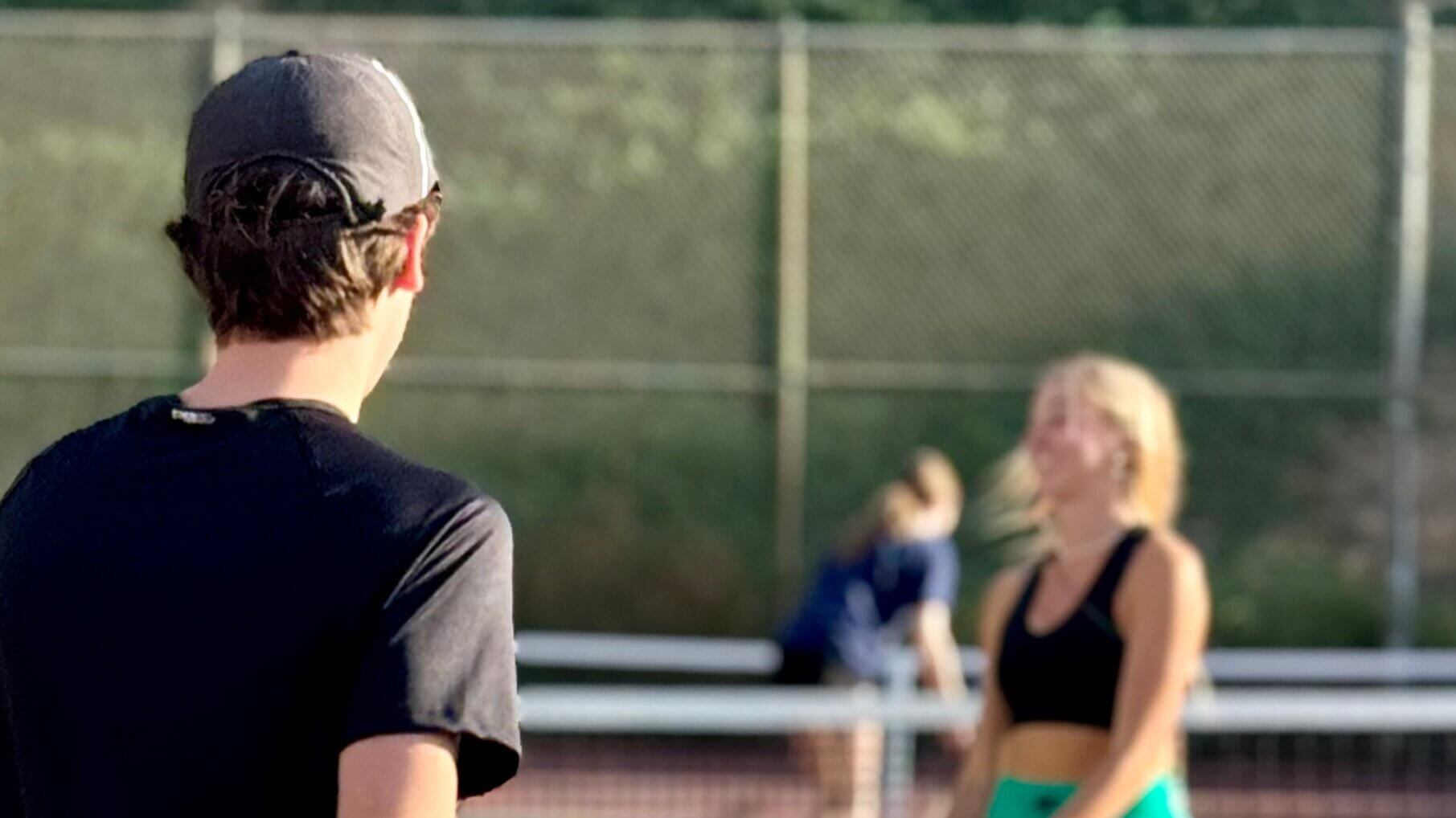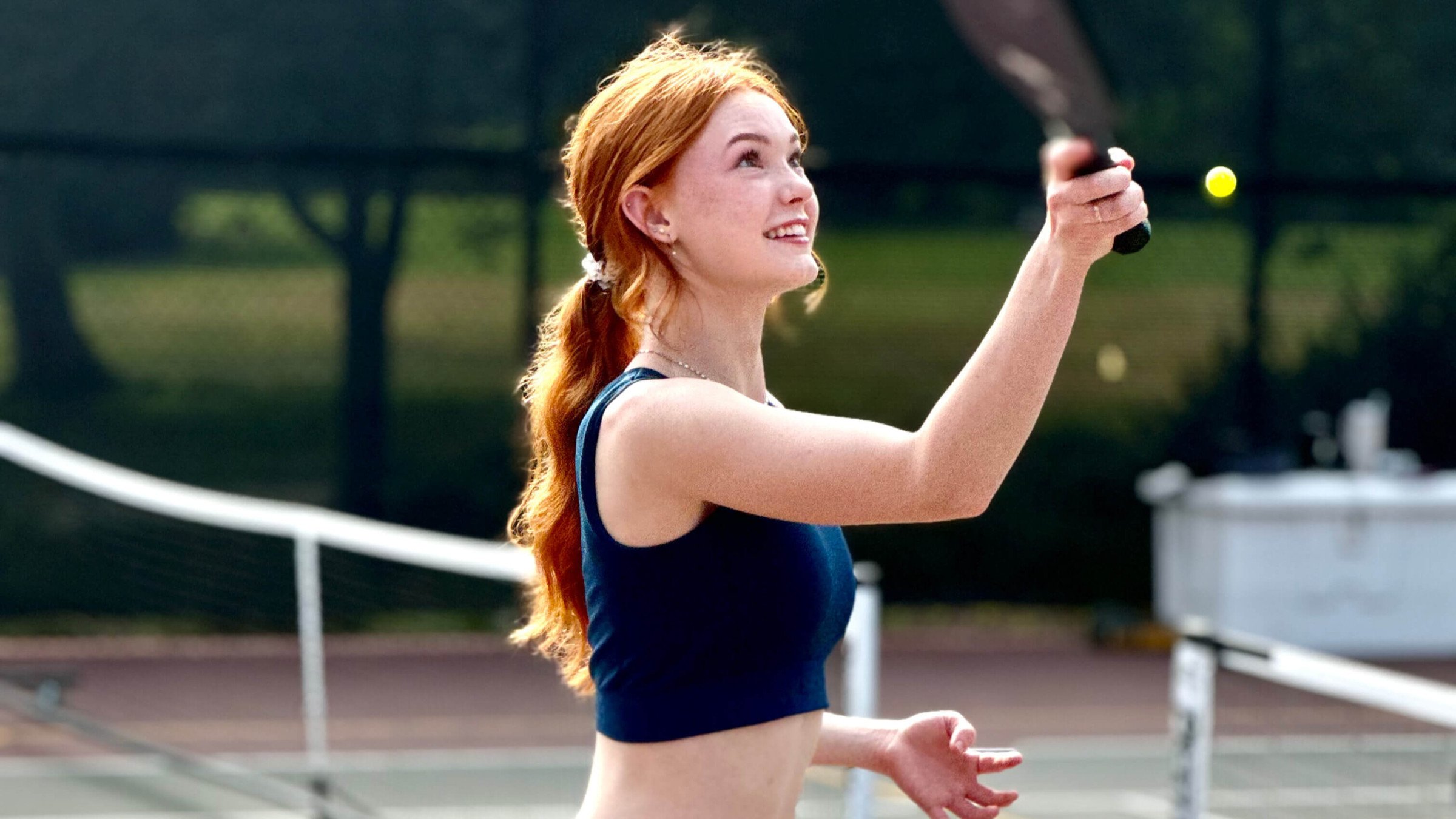Key takeaways:
Understanding common faults helps keep your pickleball play clean and competitive.
Staying fault-free comes down to footwork, court awareness, and steady communication—especially in fast-paced doubles.
Faults are learning moments; use them to fine-tune your technique, reset your focus, and grow your game.
A clean match doesn’t just come down to strong serves and fast hands—it often comes down to who understands the rules best. Faults can creep in when you least expect them, especially in fast-paced rallies or tight scorelines. Being ready with the right knowledge keeps your game smooth and your calls fair.
Whether you're holding the line in the kitchen or chasing down a deep return, control starts from the ground up. Every detail in your movement counts when you're trying to stay fault-free. At PB5star, we’re all about helping players stay steady, sharp, and in tune with the flow of the game, especially when every point matters.
Decoding common faults in pickleball play
Faults are a natural part of a pickleball game, and even seasoned players slip up from time to time. Getting familiar with the most common ones can keep your points—and your cool—intact. Here's what typically gets called:
Serving outside the correct service box: Your serve has to land in the diagonally opposite box, beyond the kitchen line. If it doesn’t hit that target area, you don’t get a do-over—it’s a fault.
Hitting the ball into the net: If your shot doesn’t clear the net, that’s an automatic fault. It ends the rally and gives your opponent the point or the serve.
Volleying before both sides get a bounce: Pickleball requires one bounce per side before anyone can volley (hit the ball out of the air before it bounces on the court). If you jump the gun and volley too soon, it's an easy fault for the other team to call.
Sending the ball out of bounds: Out-of-bounds is a straight fault, no matter how fast or tricky the shot was
Volleying in the kitchen: If you hit a volley while standing in the kitchen or touching its line, it’s a fault—even if you’re making an incredible shot. The kitchen, or the non-volley zone, is strictly hands-off for volleys.
Letting the ball bounce twice: If the ball bounces twice before you manage to return it, that’s the end of the rally.
Contact with the net or post: Brushing the net or post with your paddle, arm, or clothes is a no-go while the ball is live. It’s an easy way to lose a point—even if the rally was going your way.
Breaking service rules: Serving has its own set of rules in the official pickleball rulebook. Stepping on the baseline, serving from the wrong spot, or using an illegal motion all count as faults.
Getting hit by the ball: If the ball touches anything other than the paddle face—like your shirt, hand, or paddle handle—you’re out for that rally. It doesn’t matter if it was accidental.
Hitting permanent objects before the court: If your shot touches anything fixed—like a light fixture or fence—before hitting the court, that’s a dead ball and a fault.
Mistakes happen, but being familiar with these rules helps you recover faster and stay focused. Over time, playing smart and staying aware of the court can make faults feel less frustrating and more like part of the process.
Key things to remember to prevent pickleball faults
The best way to avoid faults? Get the essentials down and make them second nature. These rules are simple, but they’re easy to slip up on when the pace picks up. Here's a quick refresher to help you stay sharp and avoid those frustrating point-stoppers.
Plant your feet behind the baseline on the serve: Don’t rush it. Keeping both feet behind the line helps you stay in control and deliver a solid, legal serve every time.
Keep your paddle up and ready: Holding your pickleball paddle in a neutral, waist-high position gives you faster reaction time and better control—especially during fast-paced exchanges at the net.
Stay alert near the kitchen: Faults often happen when stepping into the non-volley zone mid-volley. Practice your footwork to hover near the line without crossing it. Supportive footwear like the PB5 Court2 shoes helps you stay balanced and agile during those quick shifts in position.
Use clear and simple communication in doubles: Saying “mine” or “yours” keeps both players on the same page and avoids accidental double hits or missed returns.
Focus on placement, not just power: Hitting hard without aim can send the ball out of bounds. Aim for controlled, well-placed shots to keep the ball in play and force your opponent into errors.
Dialing in your technique is only part of the equation. The right pickleball gear—including footwear and apparel—helps you move with confidence, react faster, and stay ready for every point.
The impact of pickleball faults on your gameplay
Faults can shift the energy of a match in seconds. You might be in the zone or perfect sync with your partner, and then one misstep—like a foot fault or an early volley—can hand the momentum to your opponents. These moments don’t just cost points; they disrupt rhythm and can add pressure to your next move if you let them.
How you respond to a fault makes all the difference. Staying composed helps you shake off the mistake and remain focused on what’s next. Simple resets like deep breaths, a quick paddle tap with your partner if you’re playing doubles, or revisiting your court positioning, can help ground you. When your mindset stays steady, you’re more likely to play with clarity and confidence—even after a tough call.
Faults also offer valuable insight into your game. They highlight patterns, whether it’s rushing the net, mistiming serves, or losing track of the kitchen line. Instead of getting frustrated, use them as cues for what to adjust. The more you play, the easier it gets to spot what needs work—and that’s how those small mistakes start turning into real progress.
Learn the rules, play with confidence
Every pickleball player picks up a few tough lessons through faults—but that’s part of the fun. It’s how you sharpen your awareness, move with purpose, and gain a deeper feel for the rhythm of the game. Being ready with the right knowledge keeps your game smooth and your calls fair.
With each match, you get more comfortable managing the rules while staying in control of your play. PB5star supports players who care about that edge—who know that strong awareness, good pickleball footwear, and a steady mindset all work together to keep you ready for what’s next.







